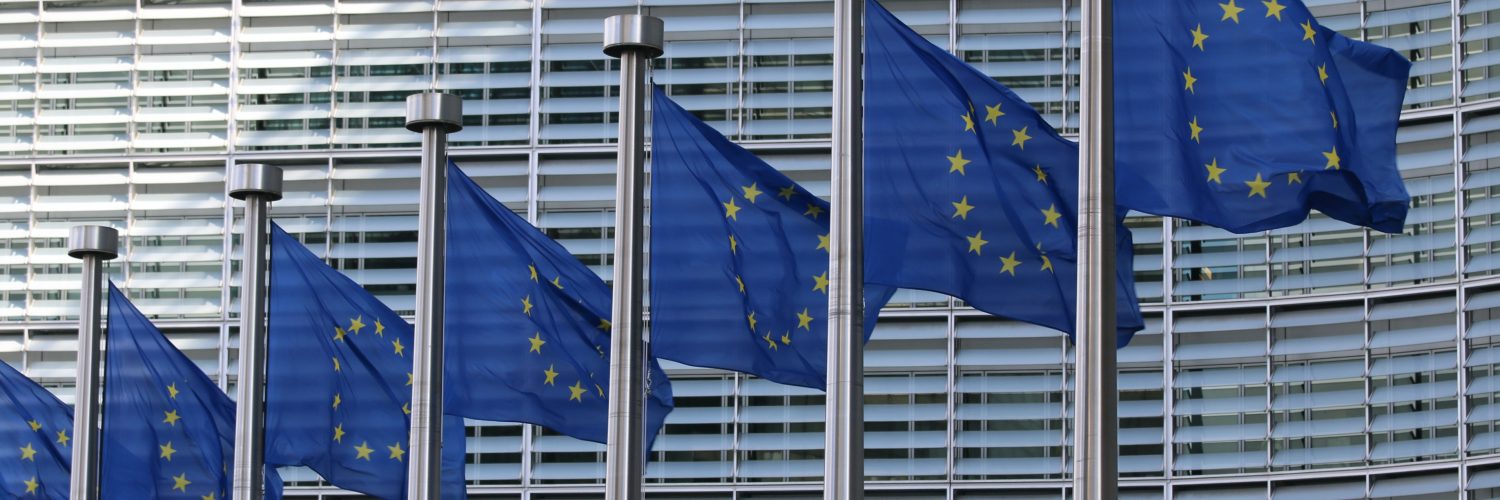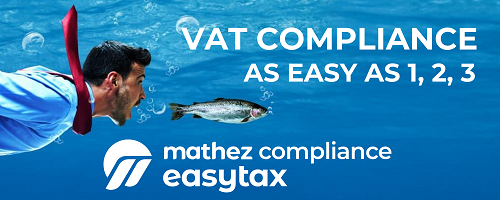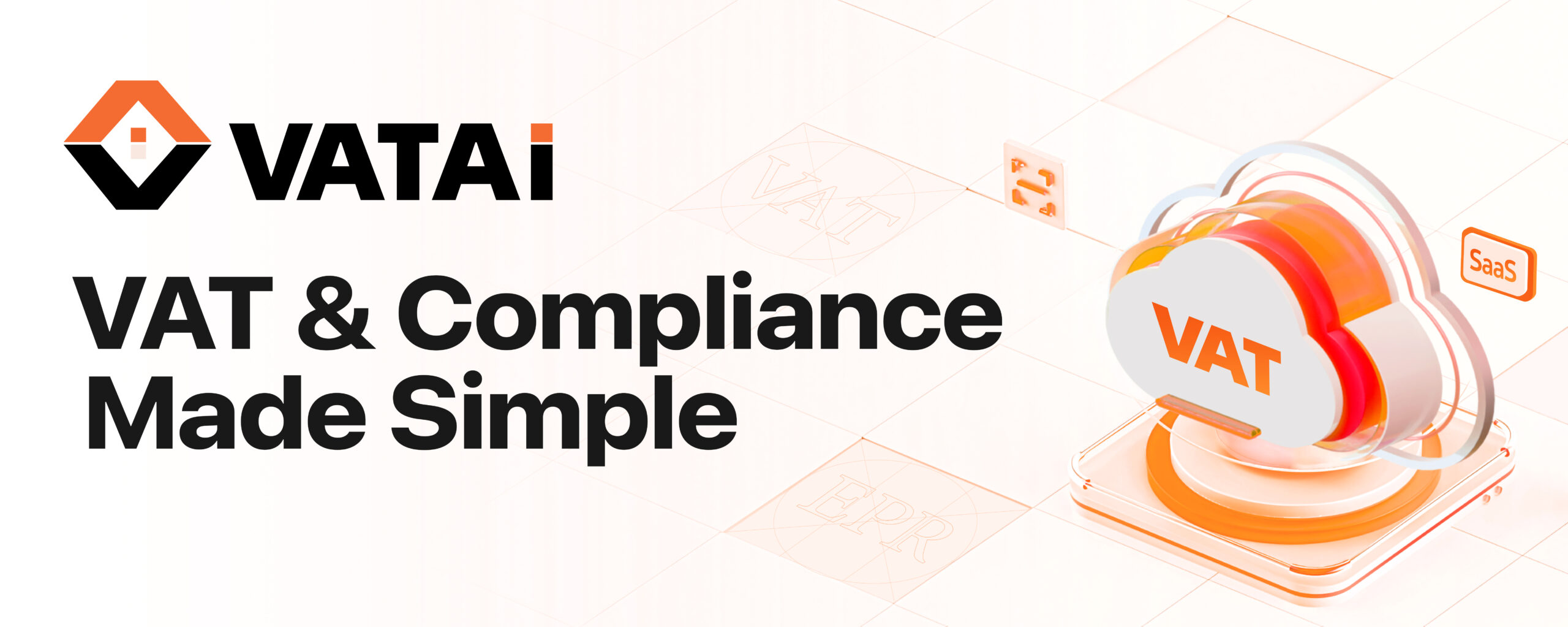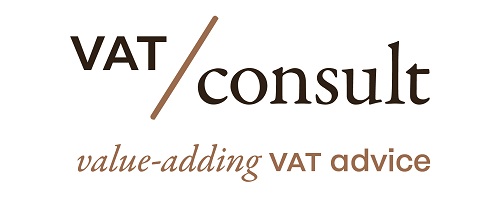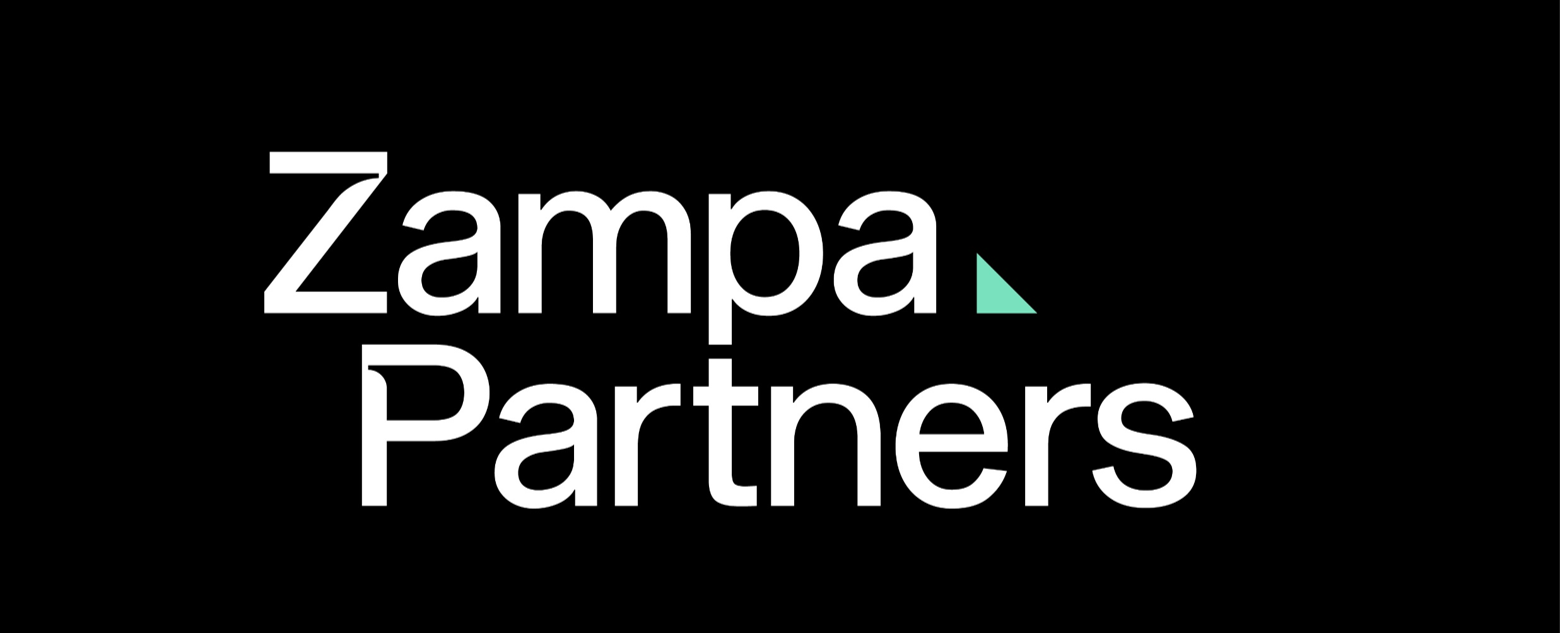- Introduction: The Staff Working Document evaluates the Directive 2014/55/EU on electronic invoicing in public procurement from 2014 to 2022, focusing on the period after April 2019. It aims to assess the directive’s performance and provide insights for future policy.
- Expected Outcome: The Directive aimed to establish a European eInvoicing standard, promote interoperability, and foster the internal market. It sought to enhance B2G and B2B eInvoicing, reduce complexity, and lower costs.
- Evolution Over Evaluation Period: The EU actively promoted eInvoice exchange, mandated the European eInvoicing standard, and set deadlines for implementation. Several EU countries plan to mandate eInvoicing for B2B transactions. The ViDA legislative proposals aim to modernize the EU VAT system.
- Evaluation Findings: The Directive successfully set up the European eInvoicing standard but had varying success in achieving its objectives. It improved interoperability, promoted adoption, and reduced costs but faced challenges at sub-central levels and in B2B transactions.
- Difference Made by EU Intervention: The Directive limited national eInvoicing standards, provided legal certainty, and simplified technical aspects. It benefited national authorities, economic operators, and service providers by reducing costs and improving efficiency.
- Relevance: The Directive remains relevant due to persistent challenges and emerging issues. It successfully established the European eInvoicing standard but faces ongoing challenges in interoperability.
- Conclusions and Lessons Learned: The Directive played a crucial role in harmonizing eInvoicing within Europe but has shortcomings in adoption and full interoperability. Europe’s influence in eInvoicing extends globally, but challenges remain.
Source ec.europa.eu
- Join the Linkedin Group on Global E-Invoicing/E-Reporting/SAF-T Developments, click HERE


